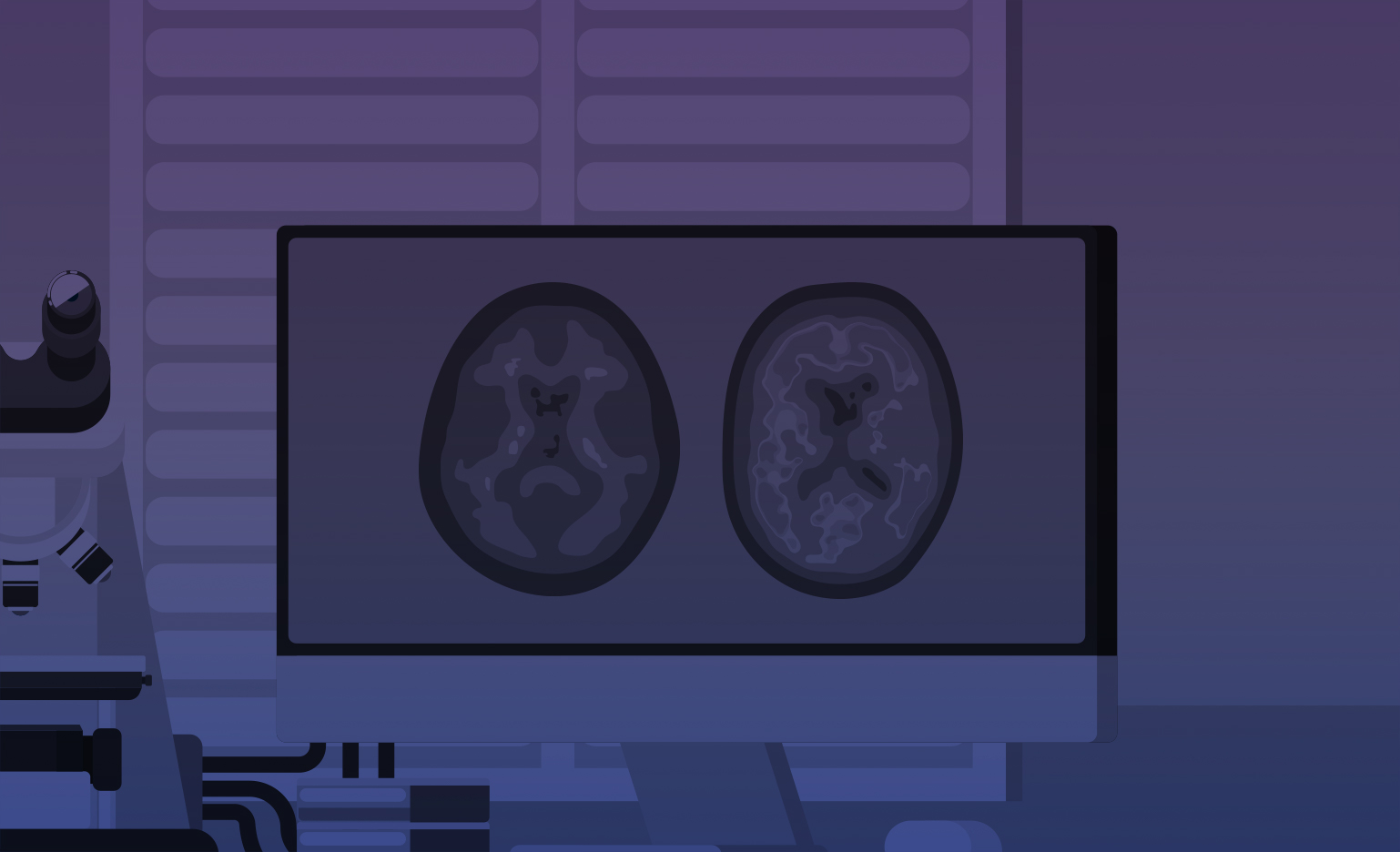Optina Diagnostics
Optina Diagnostics
Validation of the Retinal Deep Phenotyping(TM) platform for the detection of the likely cerebral amyloid status to aid in the diagnosis of Alzheimer’s disease
Optina Diagnostics is changing Mindsets when it comes to Brain Health.
As the only optically accessible part of the central nervous system, the retina represents an intriguing opportunity for the detection of biomarkers for Alzheimer’s disease (AD). Optina Diagnostics developed a digital biomarker platform, the Retinal Deep PhenotypicTM (RDPTM) platform, comprising an already 510(k) approved hyperspectral retinal camera and image analysis algorithms, one of which was granted FDA Breakthrough Device Designation, for the detection of phenotypic biomarkers of pathologies that have manifestations in the retina.
Optina Diagnostics’ proprietary machine-learning approach, developed over the last 6 years, extracts hundreds of unique spatial/spectral phenotypic features from data-rich retinal images, identifying subtle changes that may not be visible to the naked eye. These phenotypic features and changes can be correlated with a given condition, such as AD pathology. Optina Diagnostics’ first application on the RDPTM platform is the Cerebral Amyloid Status test. The test identifies sets of phenotypic features from the hyperspectral retinal scan that highly correlate with the cerebral amyloid status, using the amyloid PET scan as the ground truth. Optina Diagnostic’ goal is to eventually replace amyloid PET scan and thus provides a more accessible mean to detect this key hallmark of AD.
This project aims to validate in a pivotal study the RDPTM platform for the detection of the likely cerebral amyloid status to aid in the diagnosis of AD. Moreover, the cerebral imaging performed with magnetic resonance imaging (MRI) as part of the study will be leveraged to develop new applications for the RDPTM to help identify neurodegeneration and risk factors for vascular dementia from the same hyperspectral retinal images. A single hyperspectral retinal imaging image could eventually provide multiple biomarkers to help better diagnose, manage and change the life of millions of patients and their family.

